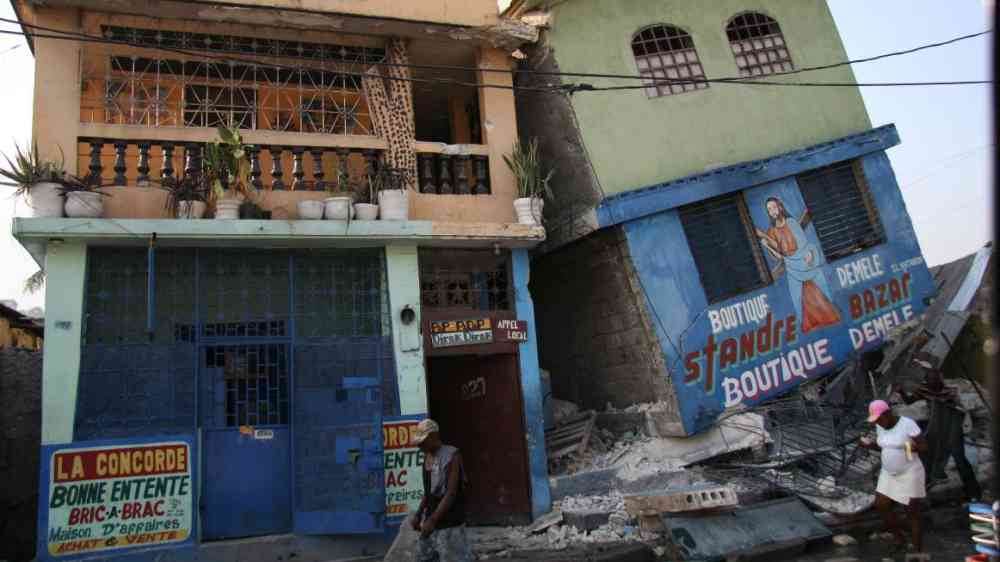5 facts on reducing disaster risk regarding Haiti earthquakes

On 14 August 2021, Haiti was hit by a magnitude 7.2 earthquake with an epicentre in the Canal du Sud (120 km west of the capital, Port-au-Prince). The earthquake killed over 2,200 people and injured more than 12,000. A hazard, such as this earthquake, is often only the trigger of a disaster waiting to happen due to the pre-existing vulnerabilities in the area, shaped by cultural, social, environmental, political and economic contexts, so what can be done to reduce risk?
-
Involve local communities to let nature work
Many of the landslides in the aftermath of the earthquake occurred on deforested, unstable slopes. There have been countless projects to restore forests and stabilize the soil, but they struggle to meet the needs of the community and the ecosystem. One way to overcome this is to include livelihoods as an essential part of the restoration project, including things like agroforestry systems or living erosion barriers on agricultural fields. This can help ensure income and food security for the Haitian people as well as the health and stability of the ecosystem.
-
Risk-aware building construction
Many earthquake-safe construction techniques exist and are implemented across the world with success, such as creating a flexible foundation, using shock absorbers and building shear walls. However, these options can be expensive and are not always available. Instead, earthquake risk can be reduced by using local materials and expertise. Traditional wattle and daub buildings are earthquake resistant and consist of wooden frames filled with stone and bound with an earth and clay mixture. These techniques are more readily accessible and affordable for Haitian people than more expensive engineering methods.
-
Stability grows safety
Insecurity over landownership can influence how much investment people will make in a property’s future, especially in terms of long-term projects such as tree planting or soil fertility. Since the current land tenure system in Haiti is based on informal arrangements and undocumented customs, formalizing landownership can give people greater agency and determination over their livelihoods and can pave the way to more significant investments in long-term benefits.
-
Haitian problems require Haitian solutions
Political instability is a major issue that has plagued Haiti for decades, but interventions from international groups have proven ineffective. To strengthen governance in Haiti, the international community should support and grow existing grass-roots movements and work on localization and devolution of government structures to give more power and agency to local communities. Locals are better equipped with pre-existing knowledge of linguistic, cultural and social contexts and can better define the needs of communities.
-
Solutions should represent a shift in our collective mindset and narrative
Haiti has often been called “the poorest country in the Western Hemisphere,” implying that Haiti is a lost cause. However, Haiti is rich in resources and culture but has been exploited and degraded for centuries. Recognizing Haiti’s value on an international scale puts all of us collectively in a space to not just fix what is broken, but to grow the value that is there.